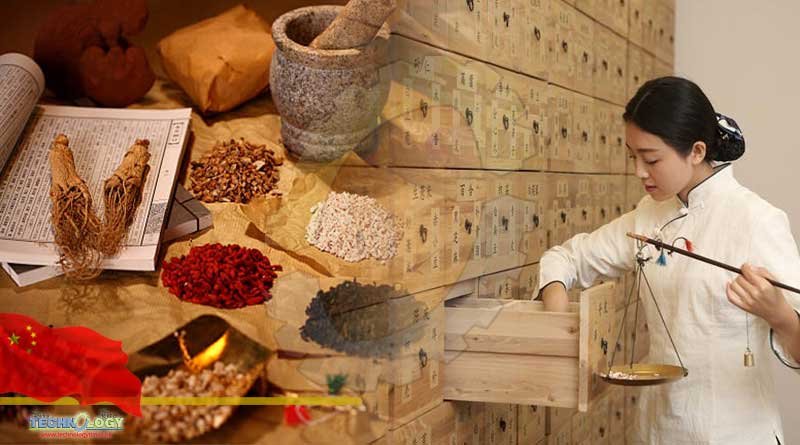The standardisation of Tibetan medicine and the preservation of Tibetan culture are both aided by the digitization of these resources.

The Chinese Tibetan Medicine Database Platform was just formally introduced online a few days ago. It sought to utilise contemporary technology to combine, conserve, and use the resources of Tibetan medicine.
It is a cornerstone of traditional Chinese medicine as well as a component of Tibetan culture. The standardisation of Tibetan medicine and the preservation of Tibetan culture are both aided by the digitization of these resources.
The Xizang Medical Resources Administration’s platform consists of information, a Tibetan medicinal database, a prescription database, training and so on. It currently records written information on 1,541 types of medicinal materials and 590 prescriptions, with 319 and 523 types approved, respectively.
The next step is to receive more data and publish them online, in support of the modernization, standardization, and industrialization of this medicine. This will ensure the continuous inheritance of Tibetan medicine culture and its high-quality industry development.
Tibetan medicine is a traditional medical system that combines ancient Chinese, Indian, Arab, and Tibetan philosophy, astronomy, biology, physics, chemistry, and psychology. It is closely related to Tibetan Buddhism and was passed down by lamas until now. Before treatment, Buddhist scriptures were chanted and prayers were made for more effective disease cure.
However, it is a highly exacting scientific medical system, not just a purely religious one. Numerous Tibetan physicians have produced nearly a thousand medical books, with the Four Medical Tantras, Somaratsa, and Brilliant Pearl Herbology being considered the pinnacles and serving as the first written accounts of Tibetan medicine.
The Qinghai-Tibet Plateau, where Xizang is situated, is home to numerous medicinal plants that are non-polluting, anti-hypoxic, and resistant to the cold. The Xizang Medical Products Administration started a project in 2020 to make the most of their distinct advantage.
Professionals have finished the task of gathering medicinal materials, creating samples, photographing, and recording over the past three years. The creation of this platform will also guarantee the ongoing transmission of Tibetan culture and aid in the national and international advancement of Tibetan medicine.
The unique aspect of this medicine is also found in its methods for processing medicines. The administration claims that experts in Xizang translated, supplemented, and improved the Tibetan language edition processing standards adopted in 2008 by fully utilising their knowledge and experience, which was crucial to advancing the high-quality development of Tibetan medicine.
The Standard Chinese Edition of Tibetan Medicinal Materials was issued on the same day, covering 62 varieties of medicinal plants, 73 species of mineral medicinal materials, and 47 kinds of animal medicinal materials.
It clarified the origin of medicinal materials, specified the key technological knowledge, and standardised the technical terms to ensure quality in the research and development, production, and application of Tibetan medicine, meeting international standards.
In Xizang, great efforts have been made to preserve the ethnic Tibetan group’s treasure. The Xizang Tibetan Medicine Hospital was established for both research and medical care following its Democratic Reform in 1959.
Since the 18th CPC National Congress in 2012, this medicine has experienced an overall development in medical treatment, health care, research, education, production, and culture, and has played a significant role in ensuring the health of people from all ethnic groups in China.
Xizang has laid emphasis on training, higher education, and continued education of personnel to accelerate the application of technological results for the high-quality development of Tibetan medicine.
The Xizang Tibetan Medical University became the only higher institution of Tibetan medicine in China, trained over 100 inheritors, and set up 45 workshops. The first clinical research base of ethnic minority medicine in China was founded in Xizang, with a collection of 300 pieces of ancient medical literature and 100,000 famous prescriptions.
A Tibetan medical service system has been established, covering the whole region with Lhasa as its center, with 49 publicly owned Tibetan medicine hospitals and 33 privately owned hospitals offering 3.34 million clinical treatments annually.
The aforementioned measures demonstrate how well the Tibetan medicine has been safeguarded. It has not “been destroyed,” but has instead fully developed as an integral part of Tibetan culture. And as China continues on its path to modernization in the new era, it will prosper.